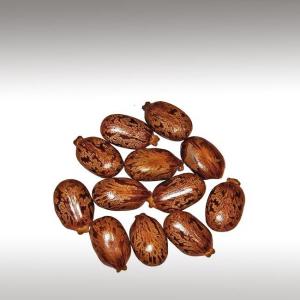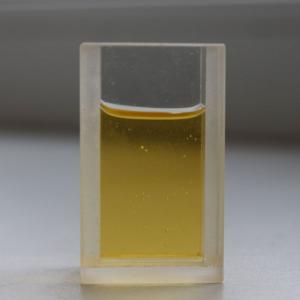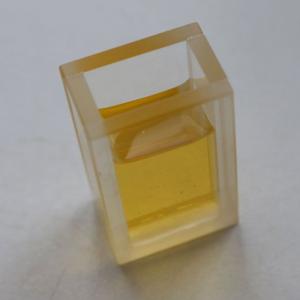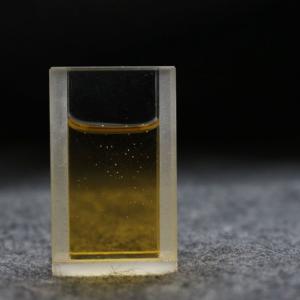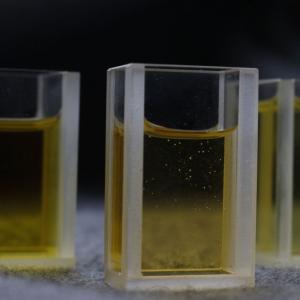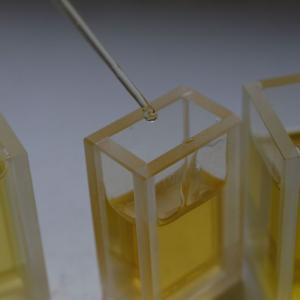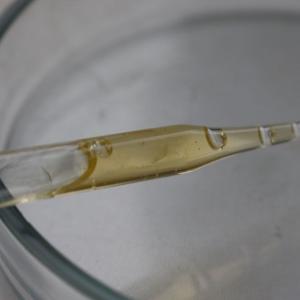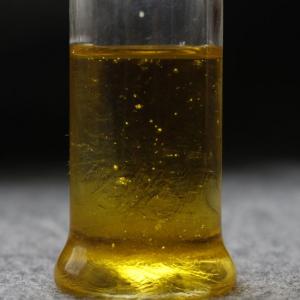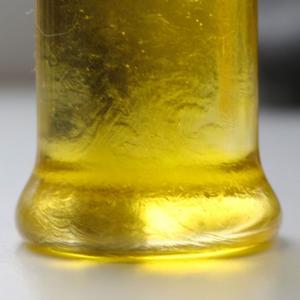
CASTOR OIL (RICINUS COMMUNIS) - BASE OILS

BASE / GENERAL DATA
Information submited: September 26, 2014 Modified: April 3, 2018 By: OperaDreamhouse
The Castor oil plant (Ricinus Communis) is a species of flowering plant in the spurge family, Euphorbiaceae. It belongs to amonotypic genus, Ricinus, and subtribe, Ricininae. Castor is indigenous to the southeastern Mediterranean Basin, Eastern Africa, and India. Castor is widespread throughout tropical regions.
The Castor oil plant can vary greatly in its growth habit and appearance. The variability has been increased by breeders who have selected a range of cultivars for leaf and flower colours, and for oil production.
Ricinus Communis has another common name, Palm of Christ, or Palma Christi, that derives from Castor oil's reputed ability to heal wounds and cure ailments.
Castor seed is the source of castor oil, which has a wide variety of uses. The seeds contain between 40% and 60% oil that is rich in triglycerides, mainly ricinolein. The seed contains ricin, a toxin, which is also present in lower concentrations throughout the plant.
It is a fast-growing, suckering perennial shrub that can reach the size of a small tree (around 12 metres). Plants with the dark leaves can be found growing next to those with green leaves, so there is most likely only a single gene controlling the production of the pigment in some varieties.
The fruit is a spiny, greenish (to reddish-purple) capsule containing large, oval, shiny, bean-like, highly poisonous seeds with variable brownish mottling. Castor seeds have a warty appendage called the caruncle, which is a type of elaiosome.
The toxicity of raw Castor beans is due to the presence of ricin. Although the lethal dose in adults is considered to be four to eight seeds, reports of actual poisoning are relatively rare. Despite this, suicides involving ingestion of Castor beans are unheard of in countries like India where Castor grows abundantly on the roadsides.
The attractive castor seeds are used in jewelry, mainly necklaces and bracelets. Castor seeds have been found in Egyptian tombs dating back to 4000 BC: the slow burning oil was used mostly to fuel lamps.

SPIRITUAL PRACTISES DATA

MEDICINE / HEALTH DATA
Information submited: January 25, 2018 By: OperaDreamhouse
Using it internally, it can heal some stomach diseases, including vomiting, and nausea. Along with the function the oil of Castor’s seed as laxative, it can overcome constipation and expedite your bowel movements.

BEAUTY / COSMETICS DATA
Information submited: January 25, 2018 By: OperaDreamhouse
While using Castos oil externally on the skin, it will make the skin looks healthier and more radiant. Not to mention it will protect the skin from infections on open wounded skin, and strengthen immune system.
While using it on the hair, it will give the hair looks more natural, thickness, and healthier. Furthermore, it promotes the hair growth, and strong hair roots.

FOOD / COOKING DATA
COMMENTS
No comments.


